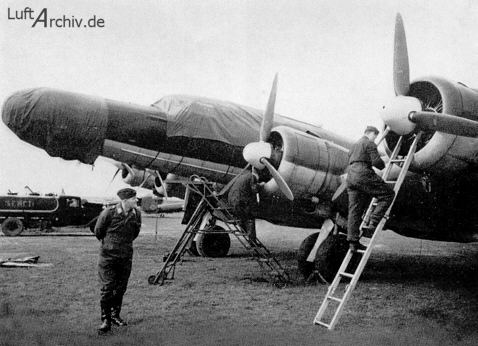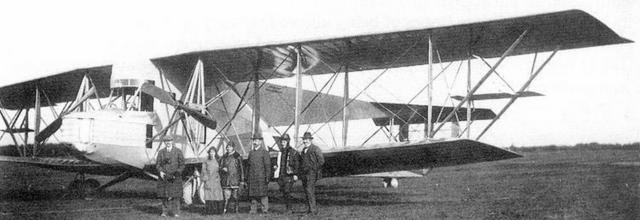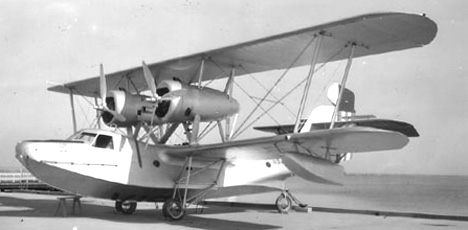Dear Kiwimac
if I may step in “Kupe” is just the danish translitteration of the french/english word “coupé” which originally meant a 2 door motorcar seating only two people (I believe the correct spelling in English is “coupe” but I might be wrong on this issue)
carson
My dear Mr.Librarian
your metal birdie in spite of the “swastika”'s is a czeck product and exactly the Benes-Mraz Be252/c of 1938 which if I’m not mistaken, was called “Beta Scolar”
Cheers
carson
Yes, it is, my dear Mr. Carson 1934. As always, the old proverb was right - Quod cito fit, cito perit! 
Therefore – please, go on! We are awaiting your flying mystery. 
My dear Mr. Librarian
to honour your proverb I am submitting following offer which I’m sure will go very quickly in spite of the coverage on the craft while being serviced…
Parva libellum sustine patientia
carson1934

Ah, that was a relaxing one - BV 142 V1/U1, imediatly identifiable by it’s looong nose.
Some more information can be found here.
Although it’s not widely known, in fact the Germans had many four engined warplanes during the second World War, and some, like the FW 200 and BV 142 were converted from civilian aircaft. In fact, the above mentioned machine was initially designed as a postal plane for Trans-Atlantic flights.
Right. Now for my next trick… er… enigma, I can offer you a tantalizing partial view of an odd little bird that should also prove quite easy to identify for the level of aircraft knowledge practiced on this board:

Yes Wingsofwrath this is also a relaxing offer (not quite like the… infamous Kramme & Zeuthen) this is in fact the FFG-V9 “Berlin” easily recognizable by the fact of …sitting the pilot in a prone position.
Thanks very much for the nice and unusual picture of the pilot’s cockpit.
If confirmed I’ll try and submit and new one
Cheers
carson
Spot on, my dear Mr Carson!
As usual, it is your turn to provide us with an offer.
Good morning
do you mind if I deviate from the beaten path and offer you a passenger aircraft of the twenties complete with a brave family ready to step aboard?
To make things easier the plane is made in Germany by a well known firm…
Good luck
carson

Hmm. I look at this wonderful contraption and I can’t stop thinking - what an odd way to mix some Caudron G.4 Wings with a Gotha G.V tail…
Other than that (misguided) piece of insight, I’m afraid that this airplane is still unknown to me.
Some more information, please?
Gladly I’m giving you some more information: as I said the aircraft was manufactured in Germany and the company which built it started as an electrical engineering company. They produced highly successful fighters and bombers during WWI and also manufactured their own engines…
I realize it’s a bit difficult because there is not much info on the net about this particular machine.
Good luck on your search
carson
Thank you for your good wishes, my dear Mr Carson!
They must have worked, since I finally managed to identify this beast of a flying machine following your latest clues - we are clearly dealing with the [b]Siemens-Schuckert R-1[/b] giant bomber of 1915, where “R” is the designation for “Riesenflugzeug”, literally “cruiser aircraft”.
I had left out this company during my initial search, because the picture I had was of the later, R IV version with equal span wings, but a further detailed photograph of the peculiar engine and propeller arrangement (three engines inside the fuselage driving propellers on outrigger shafts) finally convinced me I was on the right track. The clue referring to the manufacturer being “an electrical company”, something that could only have fitted Siemens and AEG, also helped me narrow the field a lot.
As a follow-up, let us return this thread towards the realm of WW2 and especially to a certain category I feel a special fondness for, the flying boat:

Dear Wingsofwrath,
congratulations! It is indeed the Siemens-Schuckert type “G” R.1 and I’m glad my clues proved instrumental even if I offered an image of subject bomber in a more civilian outfit.
I apologize furthermore for deviating a bit from the usual run-of-the-mill and hope youìll forgive me for that.
Now coming to your offer I’m pretty sure it is the Nikol A-2 of 1939 a polish amphibious flying boat or as they call it: jednosilnikowa szkolna i obserwacyjna lodz lotajaca.
I entreat your pardon for my exploit in the polish language but having studied russian at the university for a short time (some forty odd years ago) I cannot help but comparing the affinities between polish and russian (I would say something like the affinities between french and italian).
Before proceeding with the next offer kindly let me have your educated confirmation.
Cheers
carson
Astounding work, Mr Carson!
The aircraft pictured was indeed the Polish Nikol A2, as you correctly surmised.
As per custom, the board is yours once again!
In what concerns deviation from “usual” contenders, I, for one quite enjoyed the challenge, and it certainly provided some diversity to this topic.
Please feel free to “deviate” again if you see fit, since we are all, by now, somewhat aquainted with the most obscure aircraft of WW2.
Good morning to everybody and enjoy your holiday (if you live in a catholic country)
I expect you’ll forgive me if I am submitting a hydroplane to please our mutual friend Wingsofwrath (without prejudice for anybody else).
I’m sure this one will go very fast without requiring additional clues.
Cheers
carson

Well, it seems to me that this charming Hall PH-3, photographed in 1941 while in commission for the San Francisco Coast Guard Air Station, was not sufficiently attractive for our young colleagues, my dear Mr. Carson 1934.
Maybe this one will be a little bit more stimulating:

In the meantime, as always – all the best! 
Yes I think so too my dear Mr. Librarian and yet I thought
the Hall PH/3 would attract more interest.:o
Well now I’ll investigate about your new offer in the hope to solve your enigma!
Cheers
carson1934
Dear Mr. Librarian
Your new offer is rather intriguing.
I was thinking about a Noorduyn when I realized that your machine has a double tail then I switched to a french SFAN with double tail but this has an inline engine not radial…
So here I am…can you tell me please whether it is european?
Cheers
carson:confused:
Yes, my dear Mr. Carson, you are on the right track – this highly intriguing machine definitely is of European origin. However, that 9-cylinder air-cooled radial engine came over the ocean. 
My dear Librarian
still looking…
“in patientia obduresco”
carson1934
Dear Librarian (amicus verus rara avis),
I’ve been going thru at least one thousand different pics and was unable to trace your enigmatic craft.
Since I’m going to be pretty much busy over the next few days over more trivial matters I think it’s not fair to tie up this thread for any further length of time.
Unless your boundless benevolence is willing to vent on me a substantial clue I’m unwillingly bound to declare “open house”.
Anxiously waiting your reply…
carson1934
